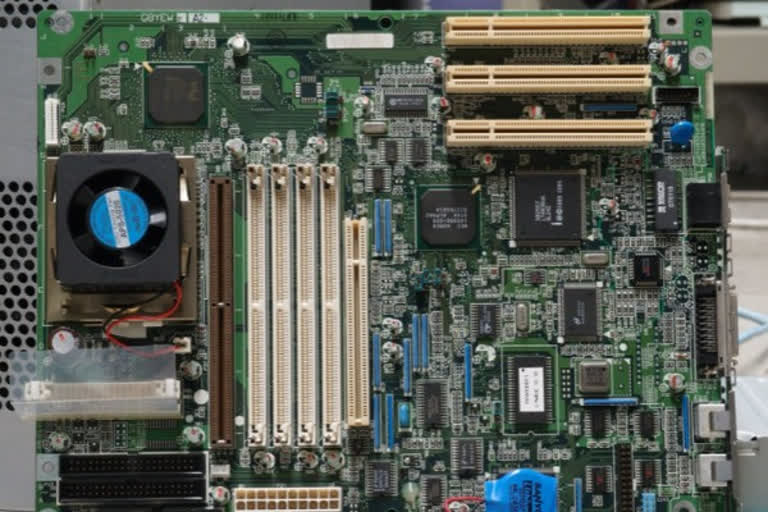Washington: Research has shown that antiferroelectric-based memories might have greater energy efficiency and faster read and write speeds than conventional memories, among other appealing attributes.
Antiferroelectrics are a class of materials that have been increasingly studied in the last few years for potential applications in modern computer memory devices. Further, the same compounds that can exhibit antiferroelectric behaviour are already integrated into existing semiconductor chip manufacturing processes.
Now, a team led by Georgia Tech researchers has discovered unexpectedly familiar behaviour in the antiferroelectric material known as zirconium dioxide or zirconia. They show that as the microstructure of the material is reduced in size, it behaves similarly to much better-understood materials known as ferroelectrics. The findings were recently published in the journal Advanced Electronic Materials.
Miniaturization of circuits has played a key role in improving memory performance over the last fifty years. Knowing how the properties of an antiferroelectric change with shrinking size should enable the design of more effective memory components.
The researchers also note that the findings should have implications in many other areas besides memory.
"Antiferroelectrics have a range of unique properties like high reliability, high voltage endurance, and broad operating temperatures that makes them useful in a wealth of different devices, including high-energy-density capacitors, transducers, and electro-optics circuits," said Nazanin Bassiri-Gharb, coauthor of the paper and professor in the Woodruff School of Mechanical Engineering and the School of Materials Science and Engineering at Georgia Tech. "But size scaling effects had gone largely under the radar for a long time."
"You can design your device and make it smaller knowing exactly how the material is going to perform," said Asif Khan, co-author of the paper and assistant professor in the School of Electrical and Computer Engineering and the School of Materials Science and Engineering at Georgia Tech. "From our standpoint, it opens really a new field of research."
Lasting Fields
The defining feature of an antiferroelectric material is the peculiar way it responds to an external electric field. This response combines features of non-ferroelectric and ferroelectric materials, which have been much more intensively studied in physics and materials science.
ANI


